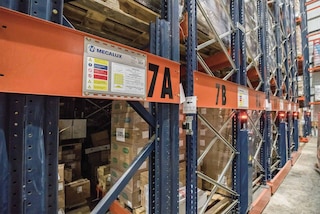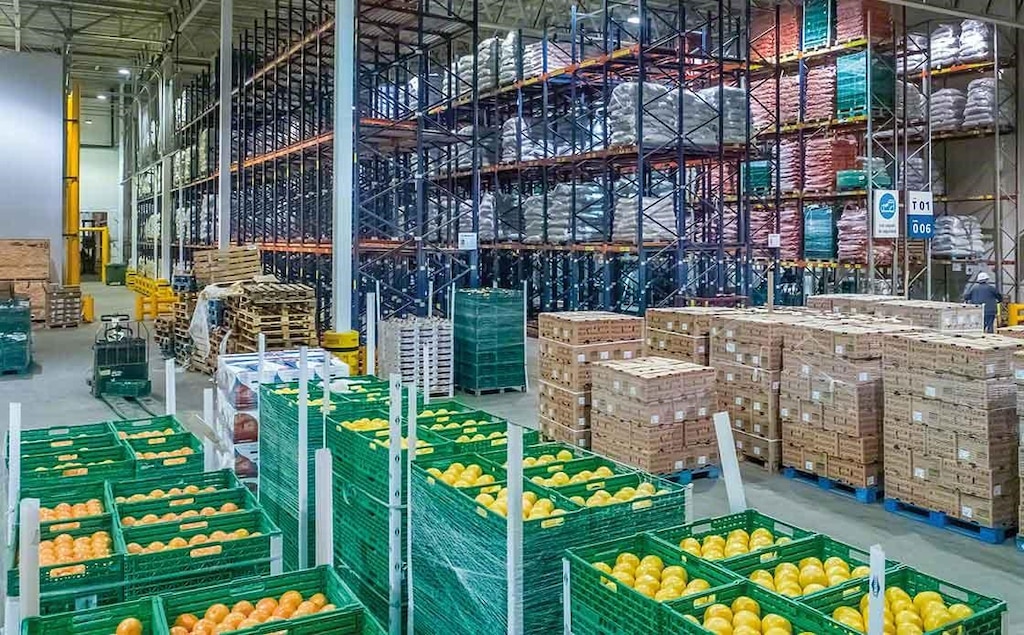
Cold chain busters: identifying and preventing risks
The cold chain in logistics is a process of handling products, ensuring that they remain within a specific temperature range from the production phase to their delivery to the end consumer. Breaking the cold chain can lead to public health concerns, by opening the door to:
- The premature spoilage of merchandise.
- The loss of organoleptic properties (taste, appearance, etc.).
- And the growth of harmful bacteria and microorganisms that multiply more easily in relatively warm environments.
Preventing a rupture in the cold chain is then one of the main duties of a logistics manager. So, let's look at which products are exposed to this hazard and which are the weak points in the supply chain where monitoring needs to be stepped up.
What products are affected by cold chain breakage in logistics?
There are basically three products that are the most sensitive to a hypothetical break in the cold chain:
- Perishable foods, such as fruits and vegetables, or unprocessed and unfrozen fish and meat.
- Frozen foods, including both fresh and pre-cooked foods.
- Thermolabile medications (heat alterable), especially certain vaccines that must be kept refrigerated to ensure their effectiveness.
At which critical points can the cold chain be broken?
Four critical phases inside the different logistics supply chain tasks increase the probability of discontinuity in any cold chain:
1. Loading and unloading
Loading and unloading of food and pharmaceutical products should be carried out as quickly as possible. This prevents prolonged exposure of food and pharmaceutical products to ambient temperatures or those outside the established cold chain temperature range.
Alternatively, when the origin or destination of the goods is a freezer store, use a SAS (Security Airlock System), i.e., a staging area or chamber that prevents sudden changes in temperature and pressure and reduces cold loss inside the storage space.
In the case of products stored in refrigerated stores, the key is to minimize the risk of condensation, which occurs when there is a sharp difference between the temperature inside and outside the cold store. For this purpose, the dew point must be calculated according to the ambient conditions and the temperature of the pre-cooling phase must be regulated proportionately.

2. Storage
Constant control over the temperature in your storage area is fundamental in order to react quickly to any unforeseen incident that could break the cold chain.
The safest solution for storing frozen products is an automated storage chamber equipped with:
- A plenum, to encourage air circulation in the upper area.
- Supports for evaporators, which allow the movement of air and its rising to the plenum.
- An insulated raised passageway for evaporator maintenance.
3. Transportation
From a point of view of logistics warehouses, it is also possible to help maintain the cold chain during transportation: through a warehouse management system that coordinates directly with delivery agencies.
For example, Mecalux's Easy WMS offers a module called Multi Carrier Shipping Software, which has plug-ins that are compatible with the main transport companies' computer systems. As a result, it is possible to create and print package labels and track the carrier on their delivery route—all aimed at streamlining processes, a crucial aspect when transporting refrigerated goods.
4. Distribution and sales
Although extreme care has been taken in the cold chain throughout the supply process, a weak last link, namely in distribution and sales to the general public, can be catastrophic.
In many cases, it is not enough to keep the product in a freezer; it is also necessary to check that the display is properly ventilated and that the surrounding elements are arranged properly. If the goods are handled carelessly in this stage, the cold chain can be broken just before the goods reach the end consumer.
Now that you know where the cold chain can be broken in logistics (those critical points), this is an opportunity to check out the most innovative systems to control in-warehouse temperatures. Discover how to protect your food and pharmaceutical products correctly with Interlake Mecalux.
